Brazil The giant white anteater is at risk of being discovered by predators or damaged by too much exposure to sunlight.
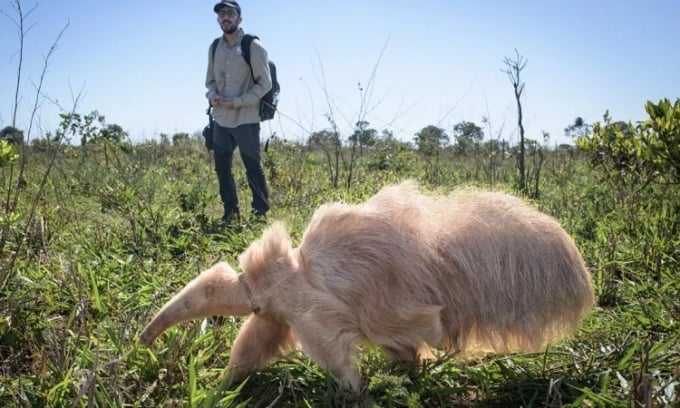
Alvin the albino giant anteater in December 2022. Photo: ICAS
Conservationists have shared new photos of the only living albino giant anteater on Earth, which is believed to be at least a year old, Live Science reported on May 19. Researchers from Anteaters and Highways (AHP), a long-running project on anteater-vehicle collisions run by the Brazilian Institute for Wildlife Conservation (ICAS), first spotted the unique animal in December 2022 on a farm in the state of Mato Grosso do Sul. They named it Alvin.
At the time, Alvin was clinging to his mother's back, a behavior common to all giant anteater ( Myrmecophaga tridactyla ) juveniles under 10 months old. Researchers photographed the snow-white individual and fitted it with a GPS device to track its movements in the future, according to AHP representatives.
On May 10, AHP shared a new photo of Alvin on Facebook. The white anteater is now 1.5 meters long and weighs 14 kg, showing that it is over a year old and almost a full adult. Alvin also received a new GPS device because the old one no longer fit.
Albinism is a genetic condition that prevents animals from producing melanin, the pigment that gives color to their skin, fur, scales, and eyes. As a result, albino individuals appear completely white and have pink eyes. Their eyes and skin are very sensitive to light, which can impair their vision and make them more susceptible to sunburn. Albinism is hereditary, with both parents having to carry a copy of the gene.
The main threat to most albino animals is the increased risk of predation, as their coloration makes them stand out from their environment. This appears to be the case with giant anteaters. In August 2021, the AHP team found the body of a sub-adult male albino giant anteater in the same area as Alvin. The body showed signs of predation.
“When we got there, it was already dead, but we were able to collect genetic samples and send them to the lab for analysis,” said Dr. Débora Yogui, a veterinarian at AHP. By comparing the DNA collected from the first albino with Alvin’s, researchers were able to determine whether they were related.
If Alvin and the deceased albino are not directly related, it could reveal that the animal’s gene pool is dwindling due to inbreeding, which the researchers suspect is a result of habitat destruction caused by human deforestation. The giant anteater is currently listed as vulnerable on the International Union for Conservation of Nature (IUCN) Red List.
The team is concerned that even if Alvin survives the predators, he could suffer from overexposure to sunlight. Anteaters spend the hottest part of the day in the shade because they are poorly adapted to extreme temperatures. But deforestation has removed the shade, causing major problems for Alvin, whose skin is sensitive. AHP researchers will continue to monitor Alvin’s development but will not intervene if he becomes ill or is attacked by a predator.
An Khang (According to Live Science )
Source link





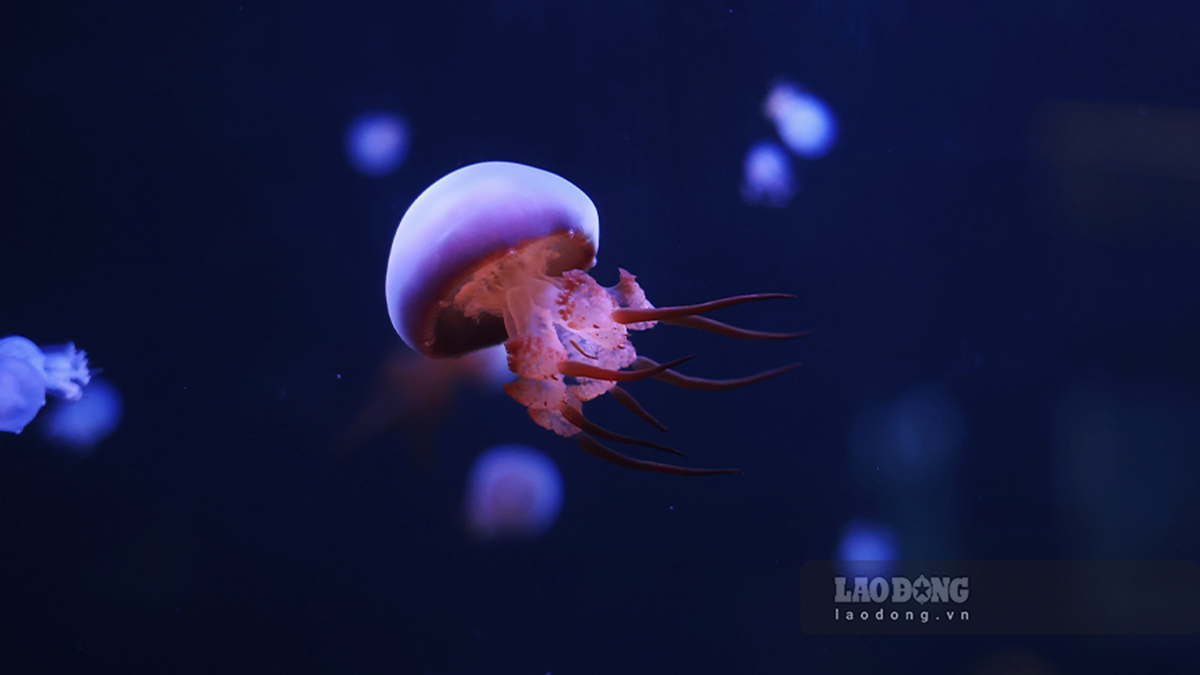

![[Photo] Opening of the 14th Conference of the 13th Party Central Committee](https://vphoto.vietnam.vn/thumb/1200x675/vietnam/resource/IMAGE/2025/11/05/1762310995216_a5-bnd-5742-5255-jpg.webp)






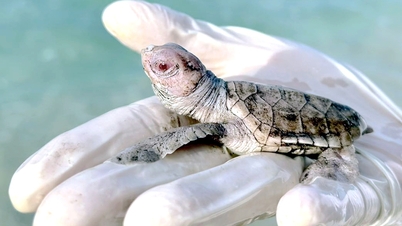




![[Video] Not Alone - Online Safety Day](https://vphoto.vietnam.vn/thumb/402x226/vietnam/resource/IMAGE/2025/11/05/1762347906381_sequence-0100-00-17-02still001-jpg.webp)

















![[Photo] Panorama of the Patriotic Emulation Congress of Nhan Dan Newspaper for the period 2025-2030](https://vphoto.vietnam.vn/thumb/1200x675/vietnam/resource/IMAGE/2025/11/04/1762252775462_ndo_br_dhthiduayeuncbaond-6125-jpg.webp)
















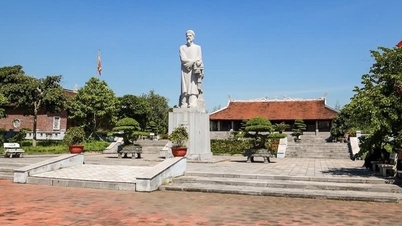






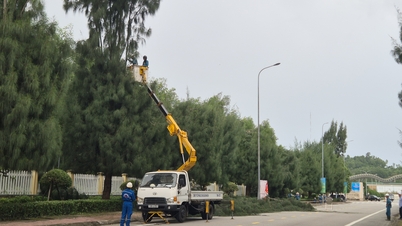






















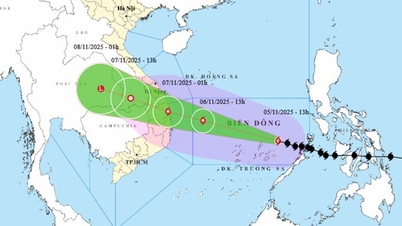













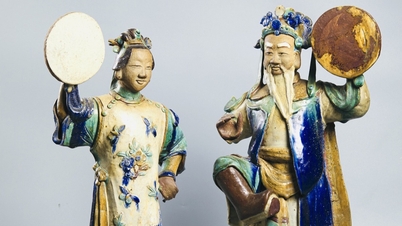













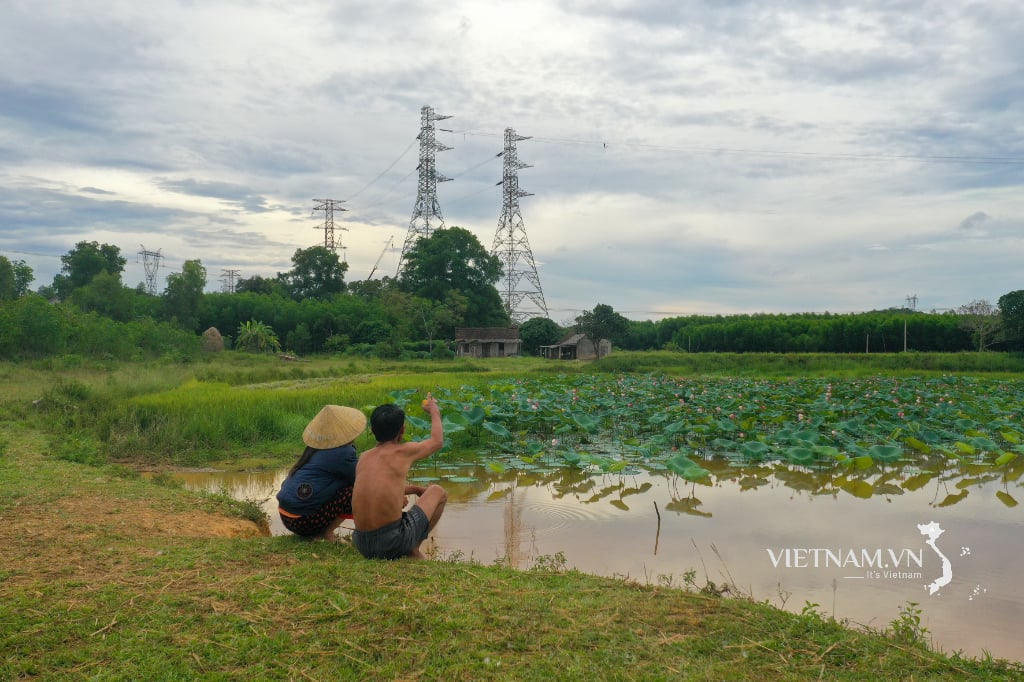
Comment (0)